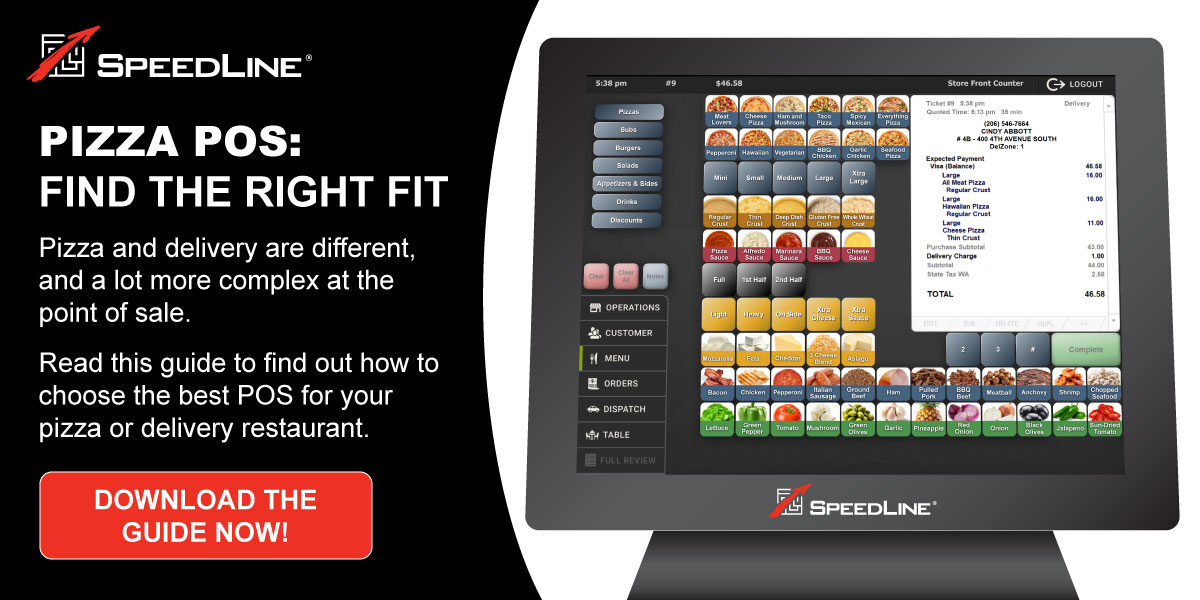While some industries boast an impressive profit margin, the restaurant industry is not one of them. With the average restaurant having a profit margin of only 6.2%, it’s no wonder why so many pizzerias close their doors every year. Such a small margin doesn’t allow for a lot of mistakes. You need to know how you can improve your profit margin and make your restaurant more sustainable.
Lower Overhead Costs
One of the biggest culprits behind low profit margins is excessive overhead costs. It doesn’t really matter how many pizzas you’re selling if you have to give upwards of 25% of your proceeds away to cover your rent, employee salaries, and other overhead fees. That’s why you need to complete a thorough review of these expenses and isolate any problem areas. For your rent, you should be paying no more than 6% of your total sales, and occupancy cost should be limited to 10% or less.

Occupancy cost includes your rent, insurance, real estate taxes, common area maintenance fees, and personal property taxes.
You should also look at getting a scheduling tool to help reduce employee-related costs. No one wants to pay someone to stand around, which often happens when you overschedule. However, the opposite is just as bad, resulting in employees being overwhelmed and orders being late because there isn’t enough support staff for lunch or dinner rushes. With the help of a labor scheduling tool, you’re able to have the perfect number of employees for every shift.
Adjust Menu Pricing
Another crucial step to improving margins involves closely examining your menu. A menu audit starts with examining the margin on each offering. Then you can put strategies in place to boost sales of high-margin items while eliminating or re-pricing some low-margin items, even if they may be popular. If you’re selling pizza by the slice at only 2% above cost, then it doesn’t really matter if you sell 20 or 200 slices, because you won’t be making much money either way.
A big influence on your menu prices will be your total food cost. Your ideal food cost will vary slightly depending on what type of restaurant you operate. If you’re a traditional pizzeria with a focus on quick or ready-to-go pizzas (think Little Caesars), then the food cost should be around 30 to 35%. However, a more upscale restaurant will likely charge more for their food, which means that the food cost should be slightly lower, hovering around 26 to 30%.
Once you’ve properly adjusted your menu to reflect these overhead and food costs, you’ll find that the profits should begin to roll in. Learn how to make your menu profitable by using our free guide.
Posted on Mon, Jan 18, 2021 @ 08:01 AM.
Updated on January 18, 2021 @ 4:30 PM PST.


